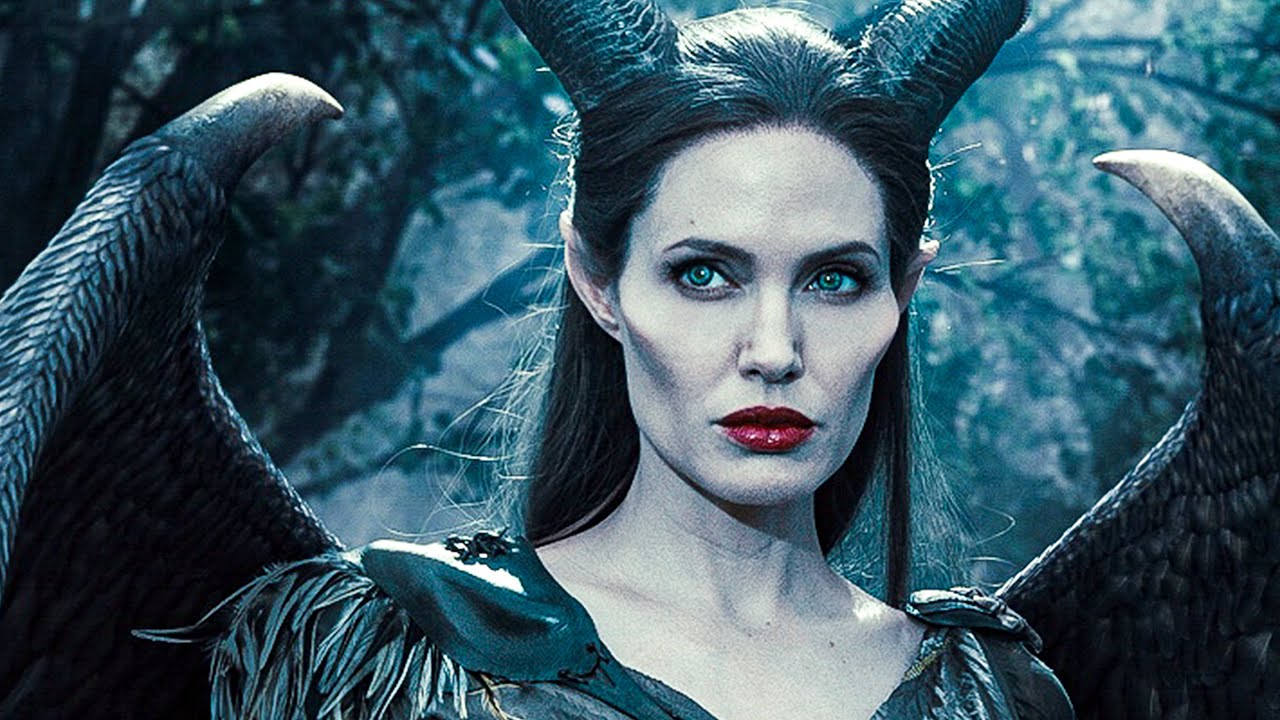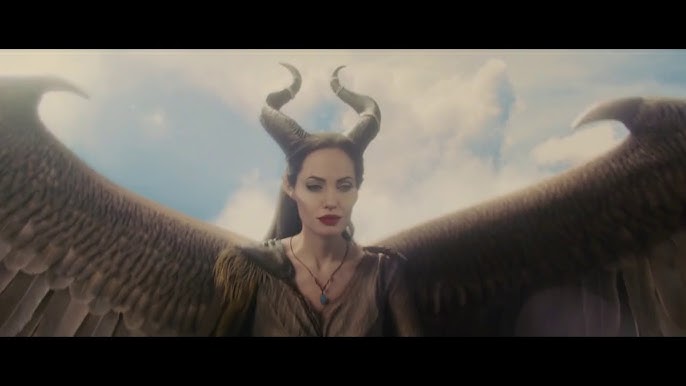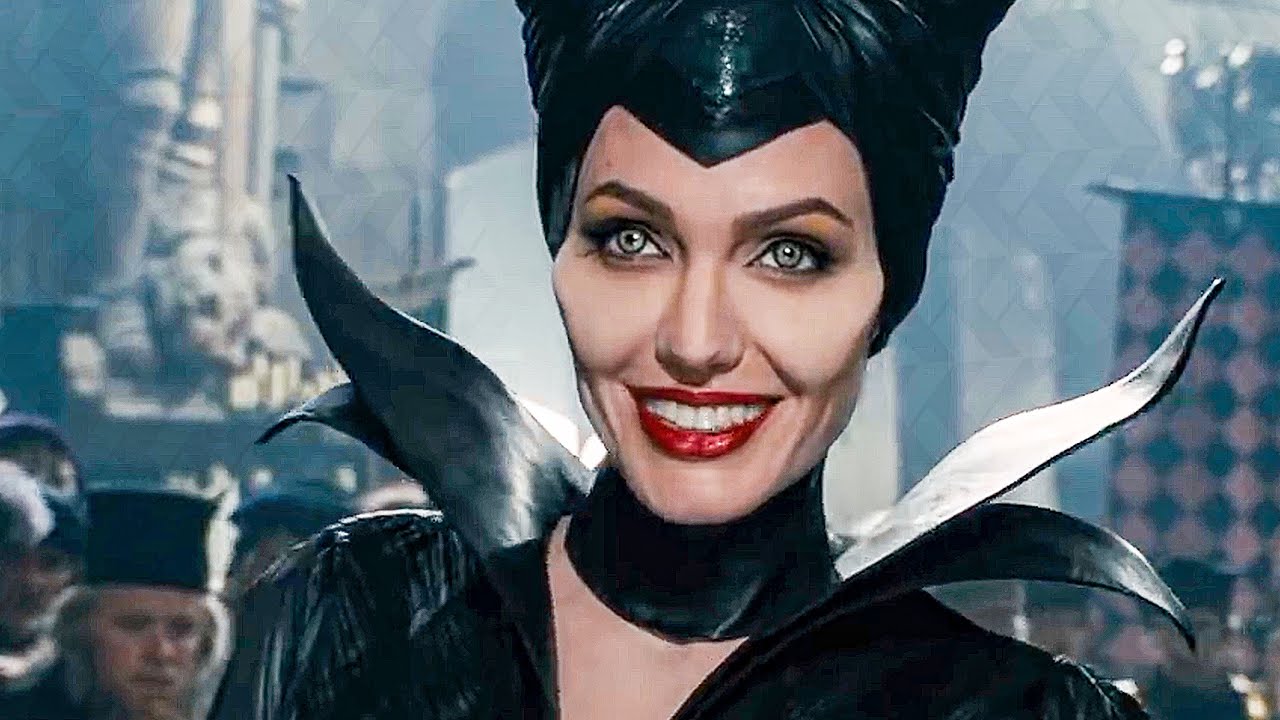🎬 Maleficent (2014)

Maleficent (2014) – A Dark and Enchanting Retelling of a Classic Tale
Introduction
Disney’s Maleficent (2014) is a visually stunning and emotionally compelling reimagining of one of the most iconic villains in fairy-tale history. Directed by Robert Stromberg and starring Angelina Jolie in the lead role, the film offers a fresh perspective on the classic story of Sleeping Beauty. Rather than portraying Maleficent as a purely evil figure, this version explores her tragic backstory, her motivations, and her ultimate redemption. With a mix of breathtaking visuals, a strong emotional core, and a thought-provoking narrative, Maleficent is a unique take on the traditional fairy tale that challenges the way we perceive good and evil.
Plot Summary
The film begins in the magical land of the Moors, a beautiful and untouched kingdom inhabited by fairies and other mystical creatures. Maleficent, a young and powerful fairy, serves as the protector of this land. She is strong, kind-hearted, and deeply connected to nature. However, her life takes a dark turn when she meets Stefan (played by Sharlto Copley), a human boy from the neighboring kingdom. As they grow up together, a romance blossoms between them, but ambition ultimately leads Stefan down a treacherous path.
Stefan, in his quest for power, betrays Maleficent by drugging her and stealing her wings so that he can impress the dying king and secure the throne. Heartbroken and enraged, Maleficent transforms from a benevolent fairy into a vengeful force of darkness. She casts a powerful curse on Stefan’s newborn daughter, Aurora (played by Elle Fanning), declaring that she will fall into a deep sleep on her sixteenth birthday, only to be awakened by true love’s kiss.
As Aurora grows, Maleficent unexpectedly develops a maternal bond with the child, watching over her in secret and even saving her from danger. This relationship complicates Maleficent’s feelings, making her question whether she truly wants the curse to come to fruition. The film builds toward an emotionally charged climax where love, betrayal, and redemption come together in a powerful conclusion that redefines the concept of true love.
Angelina Jolie’s Captivating Performance
One of the film’s greatest strengths is Angelina Jolie’s phenomenal performance as Maleficent. She embodies the character with a mix of menace, vulnerability, and depth that makes her both terrifying and sympathetic. Jolie’s expressive eyes and commanding presence bring Maleficent to life in a way that goes beyond the typical Disney villain archetype. Her nuanced portrayal makes audiences feel her pain, her anger, and, ultimately, her capacity for love.
Jolie’s performance is further enhanced by the film’s excellent costume and makeup design. The sharp cheekbones, the elegant black robes, and the iconic horns make Maleficent a visually striking figure, while the subtle shifts in her expressions add layers of complexity to her character. Whether she is delivering a chilling curse or showing unexpected tenderness toward Aurora, Jolie makes every moment count.
A Visually Stunning Fairytale
From a visual standpoint, Maleficent is nothing short of breathtaking. Director Robert Stromberg, who has an extensive background in visual effects and production design, creates a world that feels both magical and immersive. The Moors, with its lush landscapes and whimsical creatures, contrast beautifully with the cold, rigid human kingdom ruled by Stefan.
The use of CGI is particularly impressive in bringing Maleficent’s magic to life. Her ability to manipulate nature, summon powerful forces, and transform into a fearsome dragon adds to her larger-than-life presence. The battle scenes are visually dynamic, while the more intimate moments, such as Maleficent watching over Aurora as she sleeps, are rendered with a painterly beauty.
A Unique Retelling of Sleeping Beauty
One of the most compelling aspects of Maleficent is how it subverts the traditional Sleeping Beauty story. In the original 1959 animated film, Maleficent is a purely evil figure with little backstory or motivation beyond a desire for vengeance. However, in this version, the film explores the idea that evil is not born but made. Maleficent’s transformation into a vengeful being is rooted in deep emotional wounds, making her actions more understandable, even if not entirely justified.
The film also redefines the concept of true love. Unlike the traditional fairy-tale ending where a prince’s kiss saves the day, Maleficent presents a different interpretation—one where maternal love plays a central role. This shift adds depth to the story and reinforces the idea that love comes in many forms.
Themes of Betrayal, Revenge, and Redemption
At its core, Maleficent is a story about betrayal, revenge, and ultimately, redemption. Stefan’s betrayal is a defining moment that changes Maleficent’s fate, turning her from a trusting and loving individual into someone consumed by anger and pain. However, the film does not glorify vengeance. Instead, it explores the emotional toll of harboring hatred and the possibility of healing.
Maleficent’s relationship with Aurora serves as the catalyst for her redemption. As she watches Aurora grow, she begins to soften, realizing that the girl is innocent and undeserving of the punishment meant for her father. This emotional transformation is one of the film’s most powerful elements, showing that even those who have been deeply wounded can find the strength to love again.
Supporting Characters and Performances
While Maleficent is undoubtedly Jolie’s film, the supporting cast also delivers strong performances. Elle Fanning’s portrayal of Aurora is charming and filled with warmth, making her an easy character to root for. She captures the innocence and wonder of the classic Disney princess while also bringing a sense of independence and agency to the role.
Sharlto Copley’s King Stefan is a complex antagonist. Unlike the typical evil king archetype, Stefan is driven by insecurity, paranoia, and guilt, making him a tragic figure in his own right. His descent into madness is portrayed convincingly, highlighting the consequences of unchecked ambition and moral corruption.
Sam Riley, who plays Maleficent’s loyal shape-shifting raven, Diaval, adds both humor and heart to the film. His interactions with Maleficent provide moments of levity, and his unwavering loyalty makes him a standout character.
The Film’s Impact and Legacy
Maleficent was a major box office success, grossing over $750 million worldwide and proving that audiences were eager for more nuanced and complex retellings of classic fairy tales. The film’s success paved the way for similar projects, such as Beauty and the Beast (2017) and Cruella (2021), which also reexamined iconic Disney characters through a fresh lens.
Moreover, Maleficent has had a lasting impact on how villains are portrayed in cinema. Rather than being one-dimensional, modern audiences now expect more layered and sympathetic antagonists, a trend that continues to shape contemporary storytelling.
Conclusion
Maleficent (2014) is a visually spectacular and emotionally resonant film that redefines a classic Disney villain in a powerful way. With Angelina Jolie’s mesmerizing performance, stunning cinematography, and a compelling reimagining of the Sleeping Beauty story, the film offers a fresh perspective that challenges traditional fairy-tale narratives. Its themes of betrayal, revenge, love, and redemption make it more than just a fantasy epic—it’s a deeply human story about overcoming pain and finding the strength to love again.